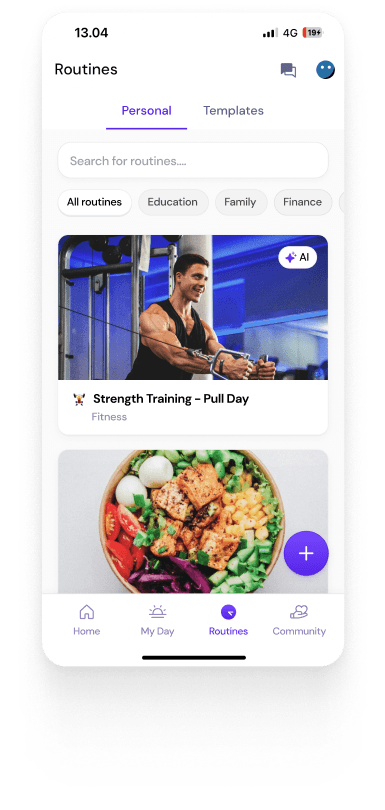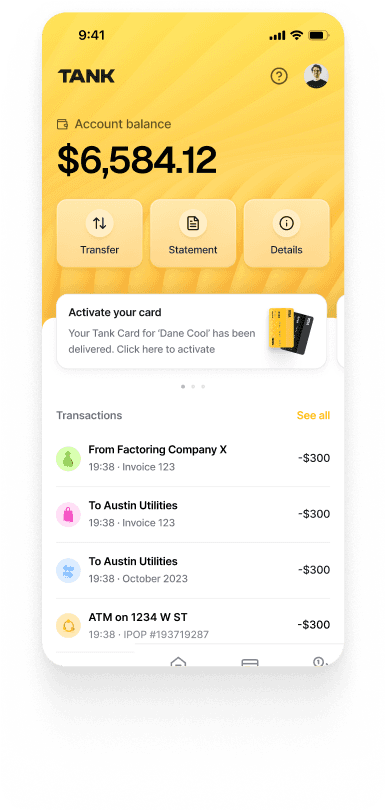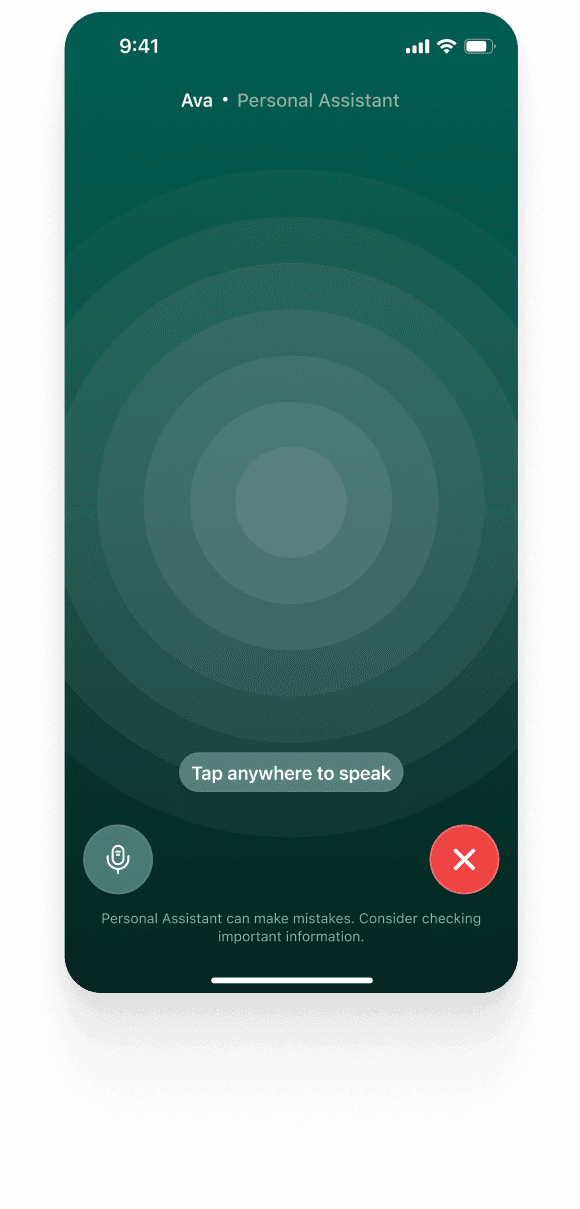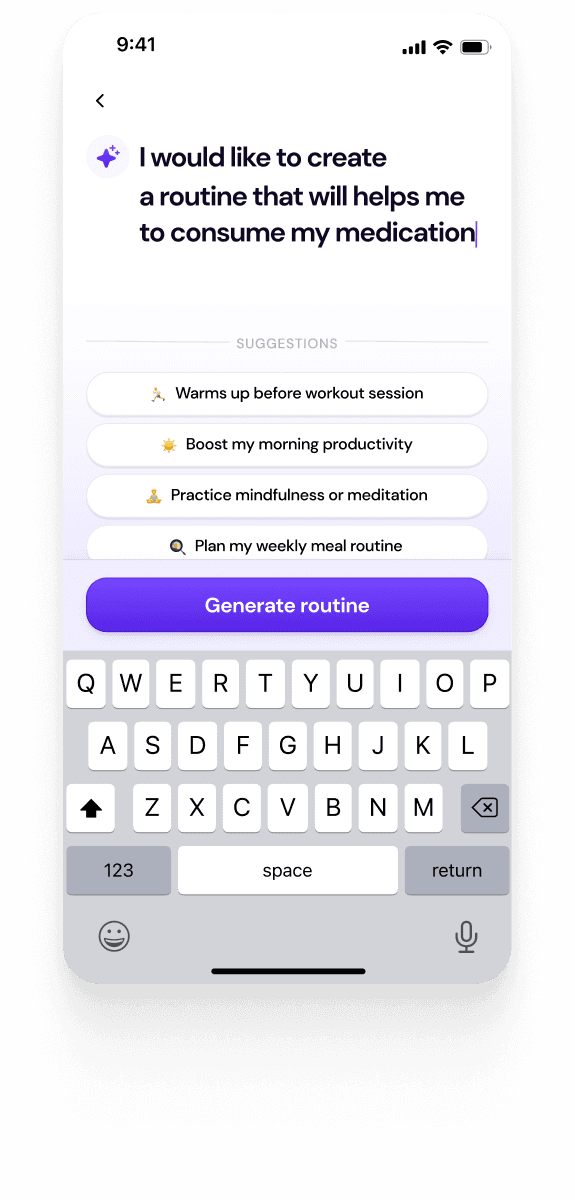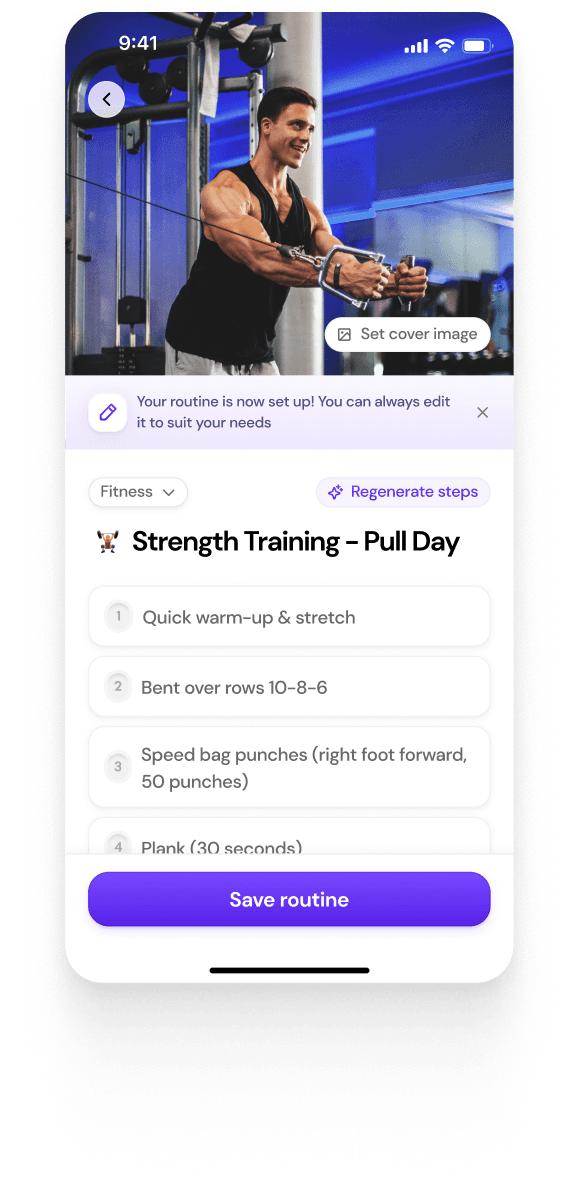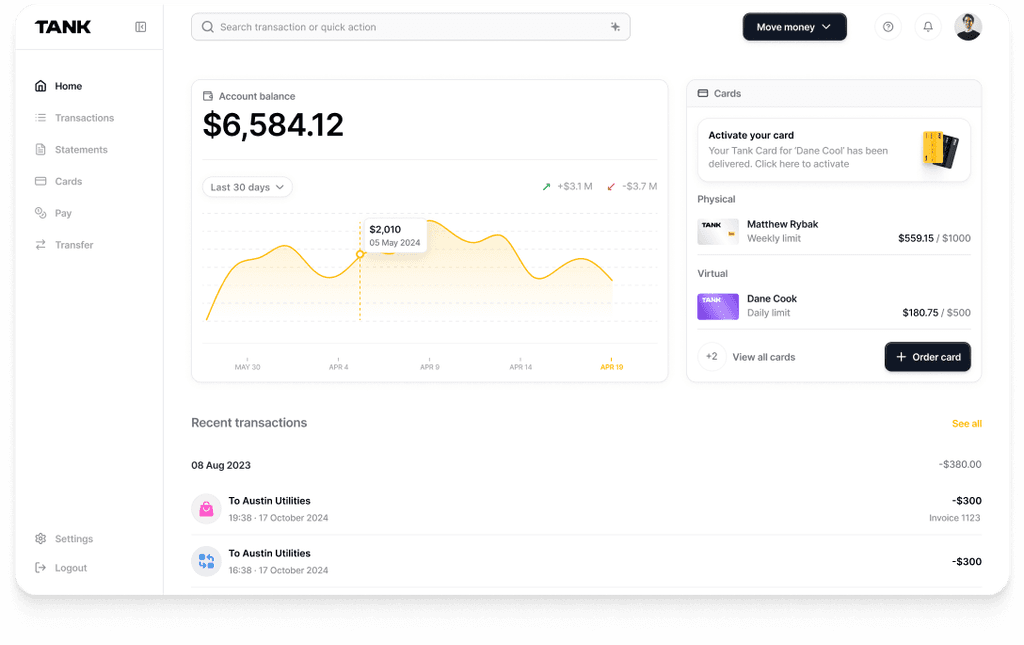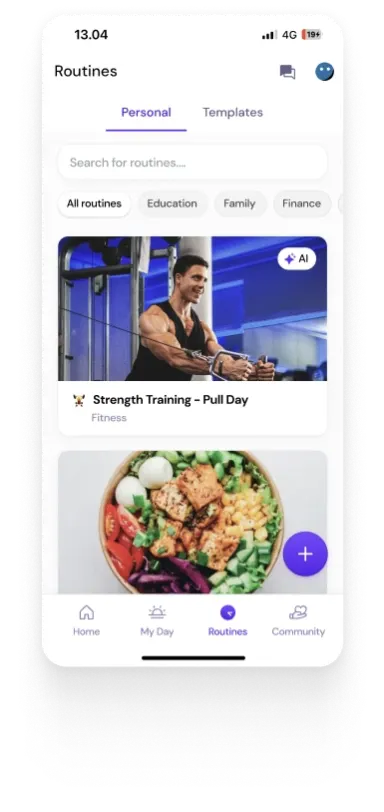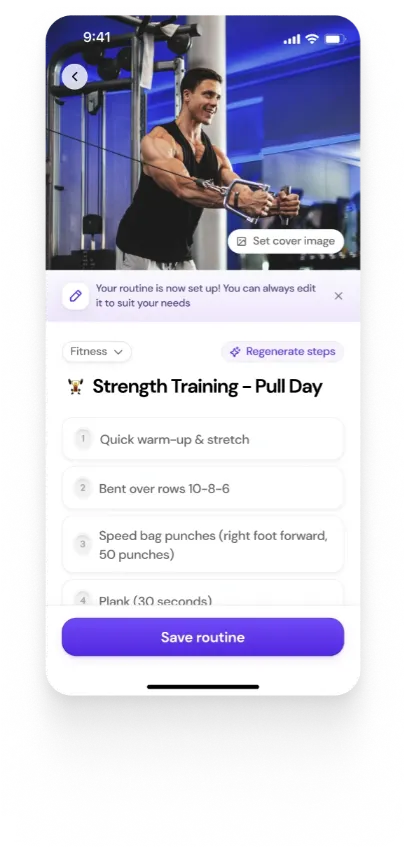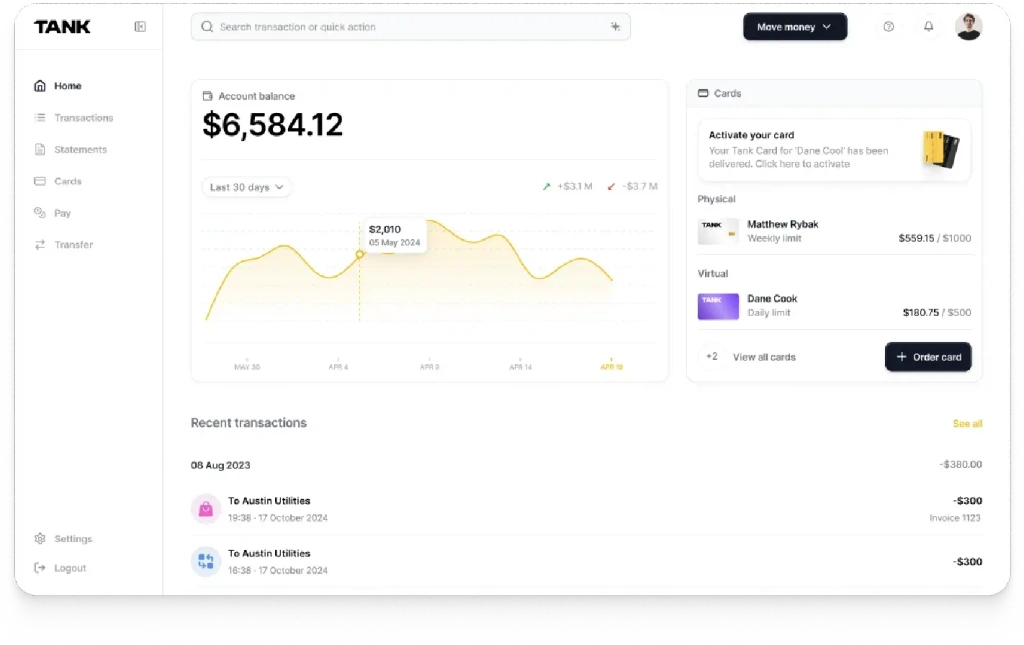Automating Firebase Auth, Firestore, and Cloud Functions with Steve’s AI Engineering
Mar 25, 2025
Summary
Steve’s Vibe Studio automates the integration of Firebase Auth, Firestore, and Cloud Functions in Flutter apps. Through conversational input, it configures authentication, real-time databases, and serverless logic—scaffolding code, managing dependencies, validating rules, and deploying to Firebase. This eliminates backend complexity, accelerates development, and empowers technical and non-technical users alike.
Key insights:
End-to-End Firebase Auth Automation: From UI scaffolding to OAuth setup and deployment, Steve handles full auth workflows with validation and preview.
Contextual Firestore Modeling: AI maps user prompts to structured Dart models, sets up streams, and applies Firestore rules automatically.
Cloud Functions via Natural Language: Users describe triggers; Steve writes, deploys, and documents the functions with zero manual scripting.
Error Recovery and Iterative Fixing: Every failure triggers AI-led correction cycles to ensure deployment success without human debugging.
Conversational UI as a Control Layer: Users guide backend logic with chat—Steve maps intent to architecture while retaining memory context.
Introduction
Modern app development often hinges on integrating powerful backend services such as Firebase Auth, Firestore, and Cloud Functions. While these services provide robust functionality for authentication, real-time databases, and serverless execution, they traditionally require careful setup, custom code, and thorough testing. For developers building cross-platform applications with Flutter, this backend complexity can become a bottleneck.
Steve’s Vibe Studio revolutionizes this process by introducing end-to-end automation, leveraging intelligent AI-driven workflows that turn backend integration into a seamless, conversational experience. By automating Firebase Auth, Firestore, and Cloud Functions within its AI-powered development pipeline, Steve empowers users to build production-ready Flutter apps with unprecedented efficiency and precision.
This insight explores how Vibe Studio automates these Firebase components, highlighting the structured workflows, contextual intelligence, and advanced documentation capabilities that elevate it beyond conventional development tools. We will examine each service—Firebase Auth, Firestore, and Cloud Functions—through the lens of Steve's AI systems, showcasing how the OS-like platform transforms backend tasks into intelligent and repeatable engineering actions.
Automating Firebase Auth Integration
1. Intelligent Identity Management with Minimal Effort
Firebase Authentication is essential for managing user identity in modern applications, offering support for email-password logins, social providers, and anonymous sessions. Within Steve’s Vibe Studio app, the setup and configuration of Firebase Auth is initiated and completed as part of the automated build process. When a user requests authentication functionality—whether through chat or structured prompts—the assistant immediately interprets the intent and initiates a multi-phase workflow to provision authentication modules.
During the File Analysis Phase, the assistant identifies all relevant files—typically those tied to auth_service.dart, login and signup screens, and Firebase initialization modules. These files are flagged for modification or creation based on user input. For instance, if the user requests Google Sign-In integration, the assistant updates project dependencies and configurations accordingly, ensuring the required Firebase and Google SDKs are included.
2. Seamless Code Generation and Validation
As the process transitions into Content Generation, the assistant uses predefined templates and contextual inference to generate boilerplate and customized code. This includes authentication flows, error handling routines, and UI callbacks. Before the code is integrated, it undergoes strict validation routines to confirm structural integrity and completeness. Missing modules or unresolved dependencies trigger an intelligent retry loop, ensuring the generated components meet all Firebase setup criteria.
Next, generated files are formatted and integrated into the codebase. Steve’s system applies Dart formatting conventions and synchronizes these changes with the overarching interface document, maintaining consistent documentation of the app structure.
3. Firebase Auth Configuration and Deployment
Steve's automated CI/CD pipeline links the generated codebase to a Firebase project. The required configurations—like firebase_options.dart and Firebase initialization in the main.dart file—are added without manual input. The build process finalizes the integration and logs a preview URL, allowing the user to interact with the authentication flow in a live environment.
Automating Firestore Integration
1. Context-Aware Data Modeling
Firestore is Firebase’s cloud-hosted NoSQL database, optimized for real-time updates and horizontal scaling. When a developer or product manager requests to “store user profile data” or “create a real-time chat feature,” Steve’s Vibe Studio automatically deduces that Firestore is the appropriate backend service. It then proceeds to map the request to schema templates, defining data structures and relationships in the background.
The assistant creates data models in Dart using JSON serializable classes. For a chat feature, this would include Message, ChatRoom, and User models. The assistant also prepares services (firestore_service.dart) and integrates them with the repository pattern for clean architecture support.
The code is not just syntactically correct—it is optimized for real-world usage. Queries are structured efficiently, and Firestore rules are automatically suggested or added to match the intended access patterns.
2. Real-Time Sync and Error Handling
Steve automates the setup of real-time listeners using Firestore streams. The assistant ensures that data updates are propagated through provider or bloc patterns, depending on the architecture selected during project initialization. In case of errors or missing listeners, the system's Analysis Phase initiates troubleshooting. Common issues like uninitialized collections or incorrect permission rules are identified and corrected through iterative fix cycles.
Additionally, performance metrics—such as listener responsiveness and update latency—are logged and scored through Steve’s Performance Evaluation, ensuring the final product maintains high reliability standards.
3. Deployment and Permissions
Once validated, Firestore rules and index configurations are deployed via the automated CI/CD pipeline. The system ensures these rules match the application's use cases—e.g., read-only access for guests or write access limited to authenticated users. Steve fetches the deployed configurations and includes them in the pull request documentation, providing transparency for technical reviewers.
Automating Cloud Functions
1. Serverless Logic Without Manual Scripting
Firebase Cloud Functions enable backend logic to run in a secure, serverless environment. Traditionally, setting up functions requires knowledge of Node.js, environment configuration, and deployment scripts. Steve’s Vibe Studio eliminates this complexity by enabling users to describe logic in natural language.
For instance, a request such as “send a welcome email after user signup” is parsed by the assistant and converted into a Cloud Function that listens to Firebase Auth triggers. The assistant automatically sets up the required Node.js project under a functions/ directory, includes necessary packages like nodemailer, and scaffolds the function logic.
2. Automated Function Lifecycle
The Cloud Functions are generated and validated, ensuring syntax, logic, and dependencies are all correctly implemented. If a function fails to build or deploy during testing, Steve’s retry loop—guided by its error state evaluation—pinpoints the issue and applies fixes. This can include missing environment variables, package mismatches, or deprecated syntax.
Deployment is managed via the integrated Firebase CLI, which Steve invokes automatically. Each deployed function is tested and its endpoints or triggers are logged and included in the PR documentation. These functions also benefit from Steve’s Impact Analysis, which identifies which parts of the app rely on the function and what changes might affect its behavior.
Conversational UI as the Glue
The core enabler behind this seamless automation is Steve’s Conversational User Interface (CUI). Rather than navigating complex forms or configuration menus, users interact with the system through guided natural language exchanges. Steve retains conversation history, meaning a request like “add email verification to the sign-up process” is understood in context and results in modifications to both the UI and the backend Firebase Auth logic.
This dynamic, memory-backed dialogue is backed by structured XML prompt engineering and real-time context summarization. These features make it possible for even non-technical stakeholders to engage in sophisticated development processes without needing to understand Firebase SDKs or deployment procedures.
Deployment and Documentation Automation
Every successful integration—whether it involves Auth, Firestore, or Functions—culminates in a detailed and structured pull request. Steve’s PR Documentation Engine automatically writes summaries that include:
Clear titles reflecting the scope of changes
Detailed technical descriptions of what was added or modified
Deployment URLs for live preview
Links to Firebase console configurations
Impact analyses identifying affected files and components
This consistency not only aids developer collaboration but also supports compliance, auditing, and quality assurance processes in larger engineering organizations.
Conclusion
By automating Firebase Auth, Firestore, and Cloud Functions, Steve’s Vibe Studio redefines what it means to "build Flutter app with AI." What once required intricate setup, environment configuration, and backend scripting now unfolds through intuitive conversations and automated build pipelines. Steve’s platform offers a fundamentally new model of development—one that emphasizes collaboration, clarity, and velocity without compromising on precision or scalability.
This automation is not merely about speed—it is about empowerment. Developers spend less time troubleshooting environments and more time crafting experiences. Non-technical users become active contributors to product development. Teams ship faster, iterate more intelligently, and align backend logic directly with user needs and business goals.
For any organization building with Flutter and Firebase, adopting Steve’s Vibe Studio is not a convenience—it is a strategic advantage. It bridges the gap between ideation and execution, offering a blueprint for how AI can revolutionize full-stack development in the era of intelligent automation.
Build Full-Stack Flutter Apps—No Backend Setup Required
Let Steve's Vibe Studio automate Firebase Auth, Firestore, and Cloud Functions while you focus on features, not infrastructure.










